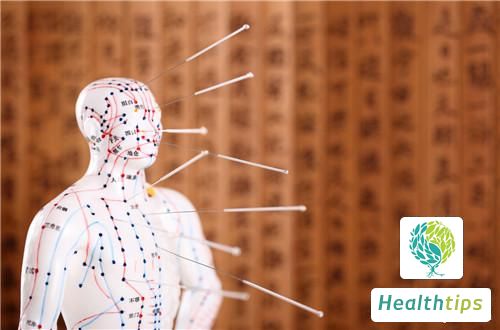The Fei Shu acupoint can treat lung diseases and respiratory tract diseases.

The Fei Shu acupoint can treat diseases such as pneumonia, bronchitis, tuberculosis, and massaging the acupoint mainly plays an auxiliary role in treating diseases. It requires professional Chinese medicine doctors to operate, and acupoint therapy cannot replace drug therapy. It also needs to be combined with other methods to control the condition. The Fei Shu acupoint can stop sputum, relieve and treat cough, asthma, hemoptysis, night sweats, etc. It treats diseases such as bronchial asthma, bronchitis, tuberculosis, pneumonia, and skin itching. Diseases treated by anti-inflammatory therapy at the Fei Shu acupoint include respiratory diseases: bronchitis, bronchial asthma, pneumonia, pertussis, emphysema, tuberculosis; surgical system diseases: cervical lymph node tuberculosis, pleurisy; others: cold, endocarditis, nephritis, rheumatoid arthritis, backache, etc. Acupuncture at the Feishu acupoint can enhance lung ventilation and significantly reduce lung resistance.
Methods for treating diseases with the Feishu acupoint:
1. Take a sitting position, first place the root of the left palm on the right Jianjing acupoint, press the right Feishu acupoint with the middle finger, massage for 2 minutes, then switch to the right hand to massage the left Feishu acupoint, rub until the local area becomes warm.
2. When there is sputum, locate the acupoint on the back. While the patient exhales, apply strong pressure on the acupoint for 6 seconds, repeat 3 times, and you will feel a significant disappearance of throat discomfort.
3. Rub the palm repeatedly and tap the acupoint with a hammer for 1-3 minutes each time. Regularly massage can enhance lung capacity, regulate respiratory function, and keep away from lung diseases.

